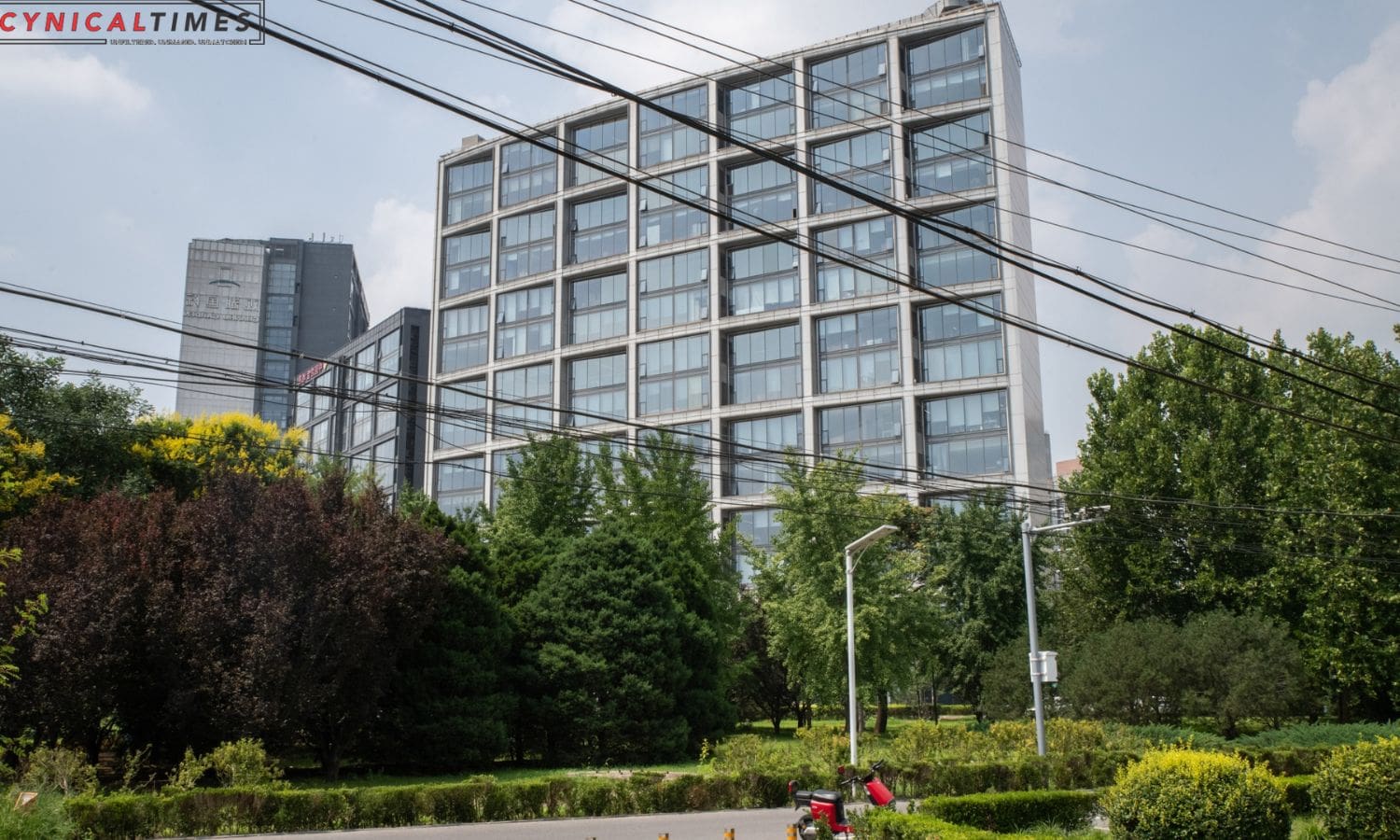China Financial Quagmire: Zhongzhi Enterprise Group’s (ZEG) disclosure of severe insolvency has sent shockwaves through China’s financial landscape, particularly the shadow banking sector. The company, deeply entwined with the distressed real estate market, acknowledged a staggering debt load of up to 460 billion yuan ($65 billion) against assets totaling 200 billion yuan. This revelation follows concerns raised in August when a trust partially owned by ZEG, Zhongrong International Trust, announced missed payments to corporate investors.
As one of China’s major private conglomerates, ZEG operates across financial services, mining, and electric vehicles. The magnitude of its financial challenges, coupled with its exposure to the shadow banking sector, has amplified worries about the broader economic repercussions. The shadow banking industry, estimated at $2.9 trillion, has become a critical focus amid China’s prolonged real estate crisis.
The letter to investors conveyed ZEG’s struggles with debt and equity investments, emphasizing the difficulty in collecting debts, low expected recoverable amounts, liquidity depletion, and substantial asset impairment. This revelation adds a layer of complexity to China’s economic landscape, particularly given the opaque nature of the shadow banking sector. Investors, largely middle and upper-middle-class individuals, could face significant consequences, impacting consumer confidence.
ZEG attributed its financial downturn to internal management challenges, exacerbated by the founder’s demise in 2021 and subsequent senior executive resignations. The company’s apology for its financial difficulties underscores the gravity of the situation, raising questions about the broader stability of China’s financial markets and the effectiveness of regulatory measures in addressing potential systemic risks.
Also Read: OpenAI Leadership Crisis: A Victory for Altman, Microsoft, and AI Proponents
Our Reader’s Queries
Is China in serious financial trouble?
While it may seem unlikely that China will experience a financial crisis, it’s important to note that the country’s current debt problems won’t simply disappear. Lenders have already suffered significant losses due to the decline in property activity, the relocation of factories to other nations, and the ongoing impact of China’s zero-Covid policy. These factors could have a lasting impact on the country’s economy, and it’s crucial to remain vigilant in monitoring the situation.
What is the triangular debt in China?
The term “Triangular debt” refers to the informal credit system utilized by China’s state-owned enterprises (SOEs). This system is a remnant of the non-market operating environment in which these enterprises were established. The name is derived from the triangular flow of funds between SOEs, which often results in a complex web of debt. Despite its informal nature, this credit system has become an integral part of China’s economy, with many SOEs relying on it for their financial needs.
Is China debt ridden?
China’s local government debt has surged to a staggering 92 trillion yuan ($12.6 trillion), accounting for 76% of the country’s economic output in 2022. This marks a significant increase from 2019, where the debt-to-GDP ratio was at 62.2%. The latest data from the International Monetary Fund highlights the concerning trend of China’s mounting debt burden, which could have far-reaching implications for the country’s economic stability.

